The packaging of confectionery should always be so beautifully designed that it evokes the expectations of what’s inside – a yummy and delectable delight. At the same time, the package must be designed with function as a priority since it’s essential that the packaging preserves the product inside and protects the freshness, flavor, and aroma.
So when choosing the right package design and materials for confectionery products, there are three main primary considerations.
- What does the package need to do? Meaning, how does it need to function? Does the package need special consideration based on the contents? Does it require specific dimensions for shipping, storing, and display? Start here since these initial questions will cover the basics that can be forgotten when a beautiful design is presented.
- What does the package need to look like? This is where some basic considerations must revolve around the customer and their attitudes. Does the customer need to see the product inside and if so, is that a possibility? What will excite the customer and entice them to pick this up off the shelf? Will the outside expectations meet the inside expectations? Also, consider your company’s brand standards and maybe even take a peak at the competition to see what they look like and the materials they are using for their packaging.
- How will the product ship, store, and be displayed? These questions will determine how the product will move through the process and what needs to happen at each stage. For instance, is the product very delicate? If so, be sure that the outer packaging can handle the transport from location-to-location with minimal effect. Also, if you choose specific dimensions, how will that affect how they are stored and displayed on the shelf (and of course, which shelves will be displaying the product)?
These initial considerations will get the wheels turning and put you in the mindset for 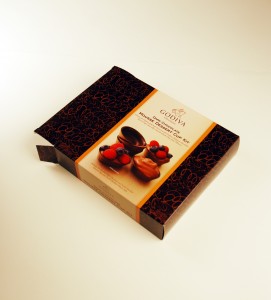 collaborating with packaging experts to choose the best design and materials for a confectionery package.
collaborating with packaging experts to choose the best design and materials for a confectionery package.
In the end, a great confectionery package will provide:
- High visual impact to create brand value
- Strength to protect the product
- Preservation of the product flavor
Don’t settle for anything less.

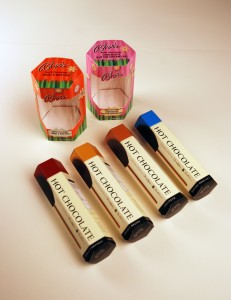
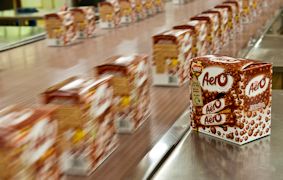
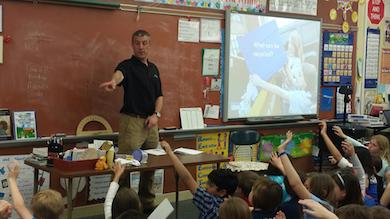
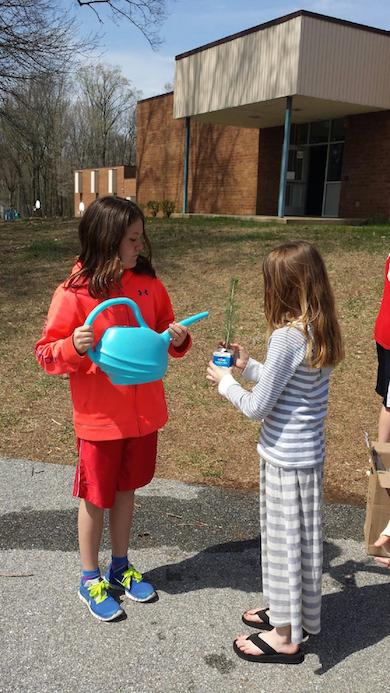 The Downingtown, Pennsylvania, school welcomed Unipak’s annual presentation with excitement
The Downingtown, Pennsylvania, school welcomed Unipak’s annual presentation with excitement